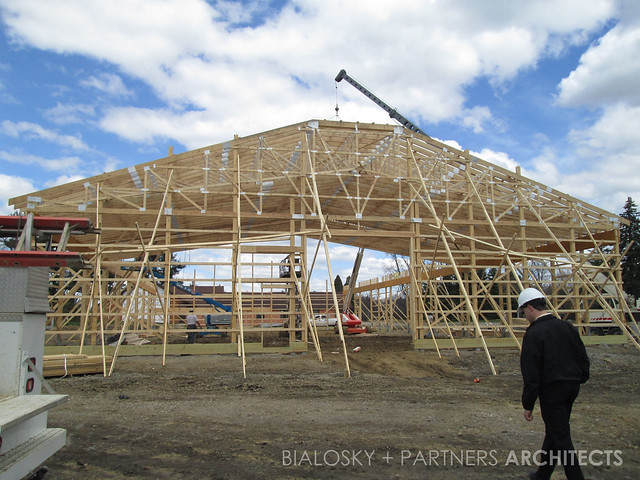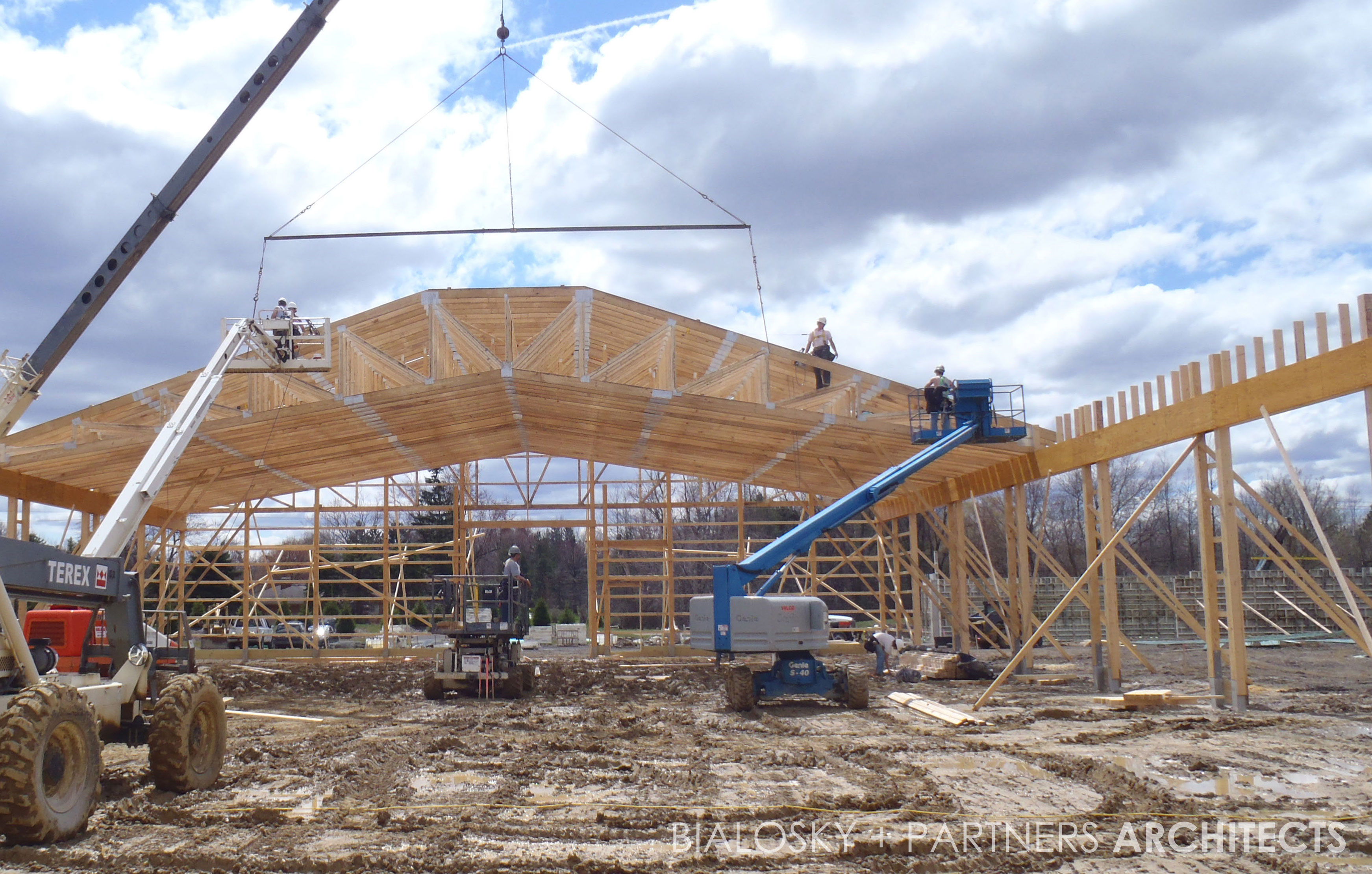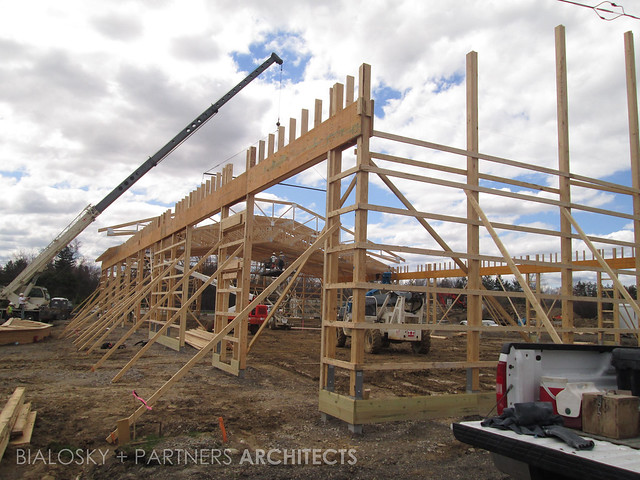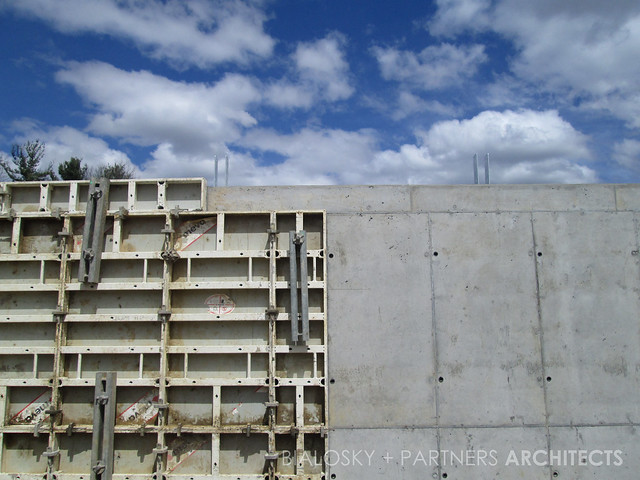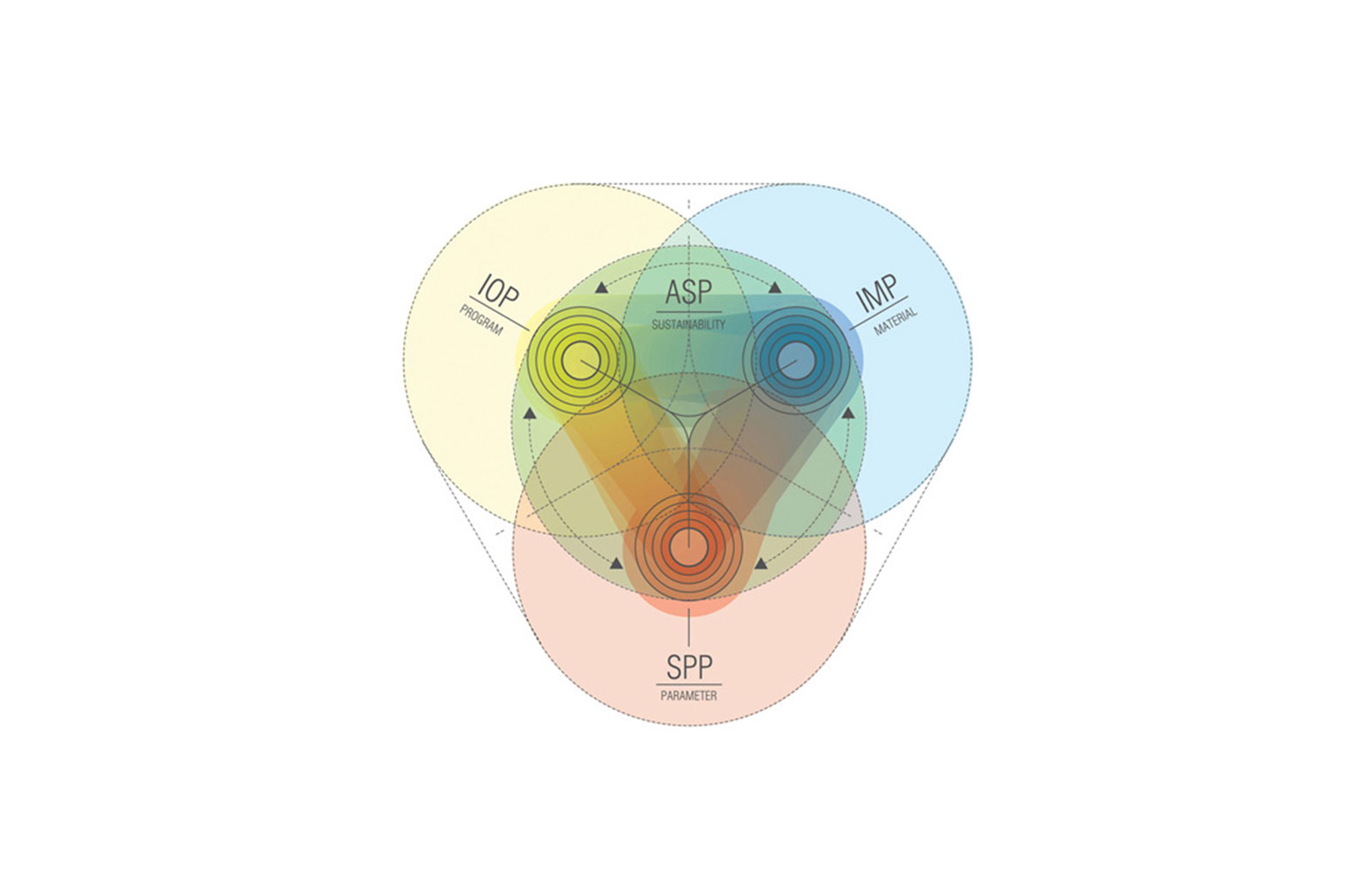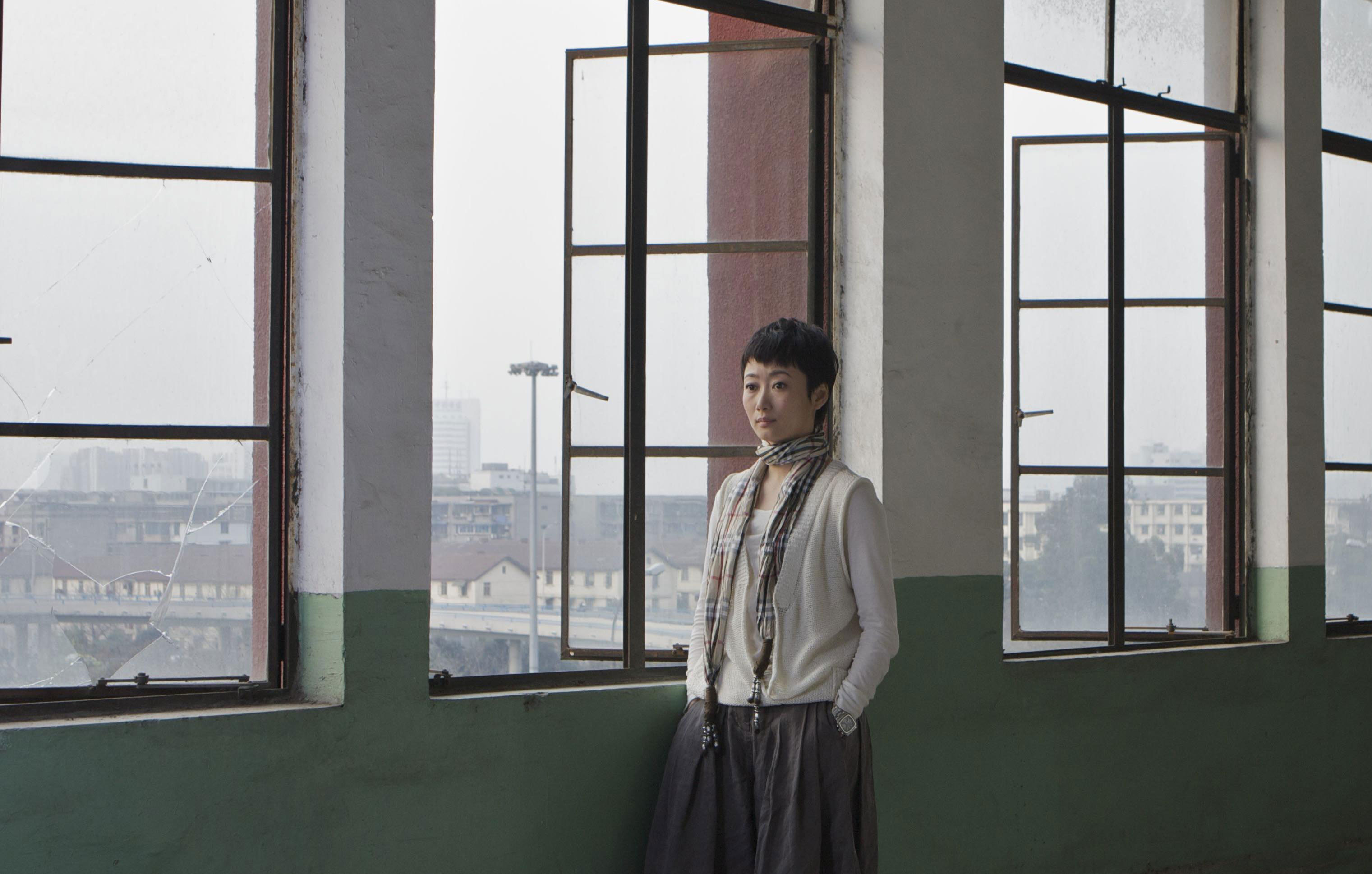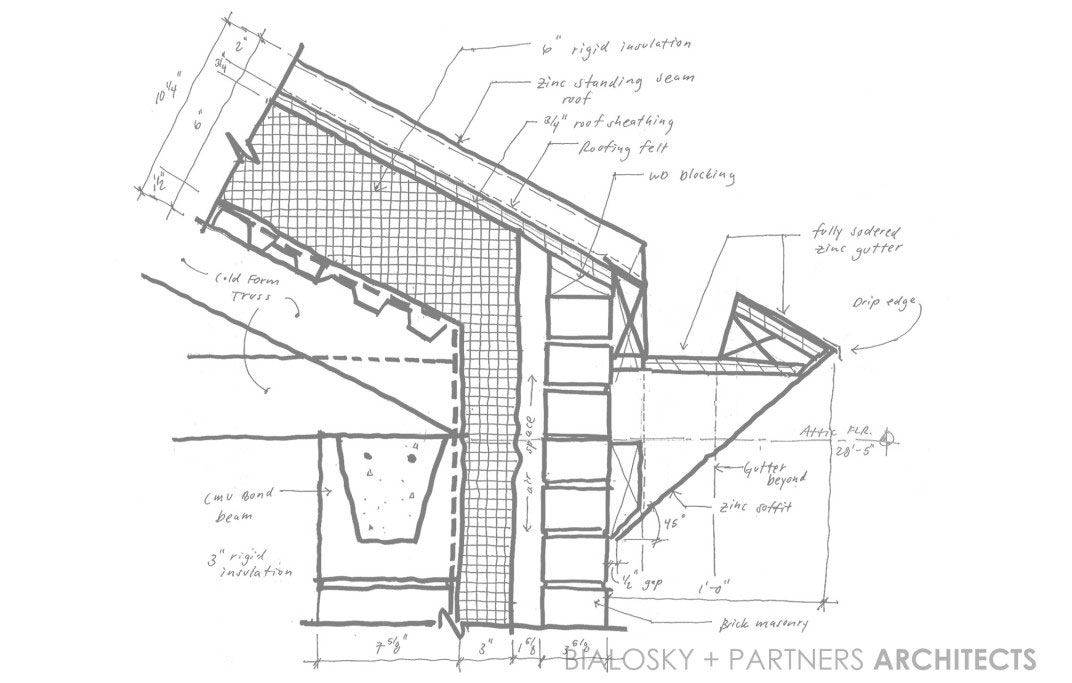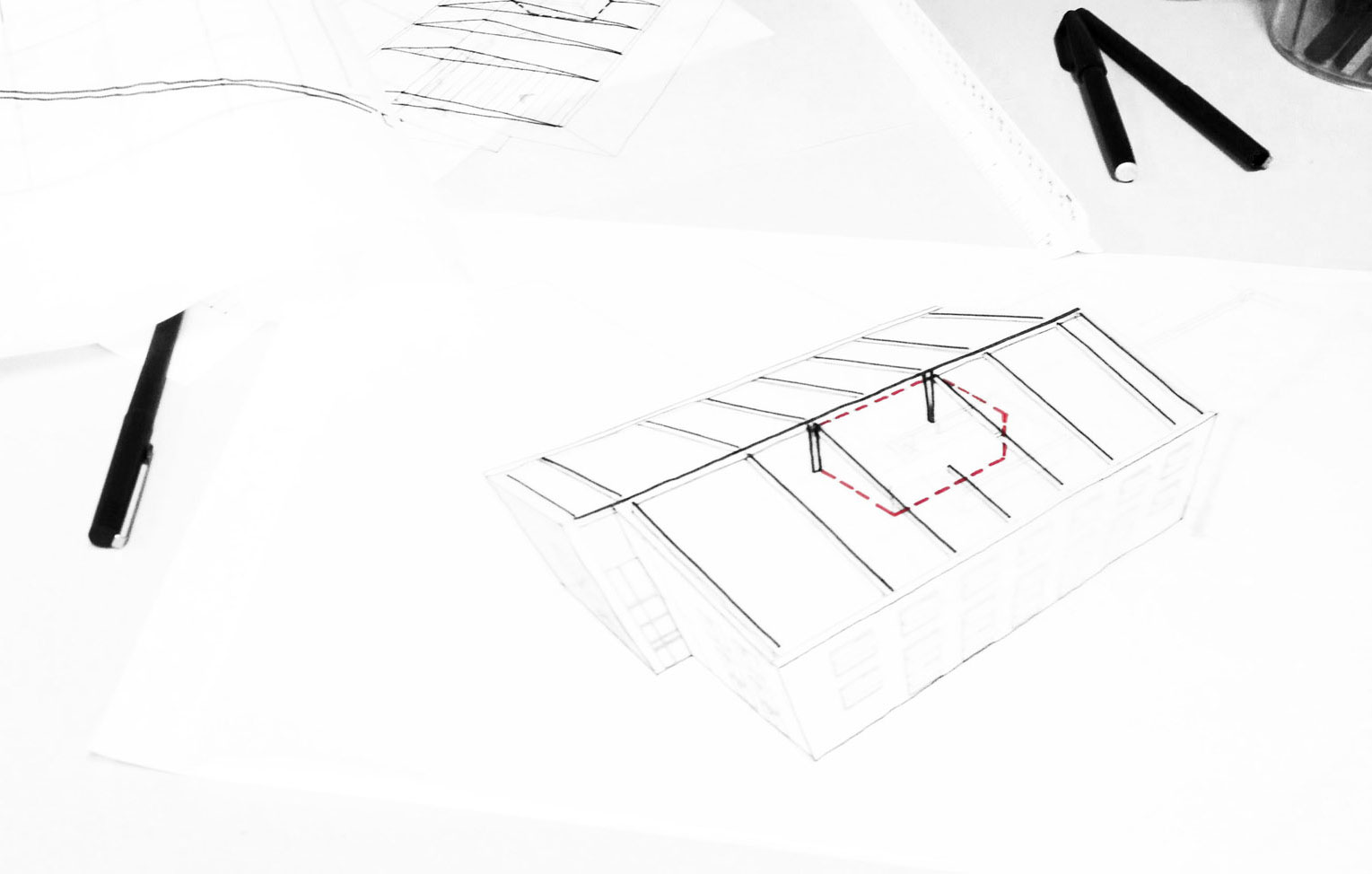John Cleese, in the video below, does a amazing job of explaining creativity with regards to two simple mindsets: open and closed.
I maintain a pristine, meticulously organized desk, the majority of the time. Custom designed marker holders, business card containers and form fit filing structures. Every pencil in its correct place and every post-it in its designated location. This gives me some measure of internal peace. But this is also a sad thing for me because it's an indicator of how I spend the majority of my time: in my closed mindset.
When I am creating and designing, or being playful as John Cleese puts is, my workspace is a mess. Pencils and markers everywhere. Sketch paper and reference materials scattered about, resembling no sense of it's normal organization. And I enjoy this process. It allows me to look at that what I’ve created and lean back and smile. Ahhhhhh, “I create. Me Good.”
When we are at play, we are not focused on organization.
As a profession, architects are seen as bastions of creativity. But, we are susceptible to the same stressful, humorless, closed mindset as the rest of the working world. It's even more important for us to harness the power of the open mode.
[vimeo width="600" height="450"]http://vimeo.com/18913413[/vimeo]
To summarize John Cleese, the 5 things you can do to allow yourself to engage the open mode:
1. Space: A quiet location where you will be undisturbed. Create an oasis.
2. Time: Create boundaries of space and time. Allow for play by separating yourself from everyday life for a set time.
3.Time: Give your mind as long as possible to come up with something original. Usually around 1 1/2 hours.
4. Confidence: While you're being creative, nothing is wrong.
5. Humor: Laughter instead of solemnity. It gets us from the closed mode to the open mode quicker than anything else.
There seems to be a notion that when we are at our desks, we are being productive. Most of us know that this can be far from the truth. In the design profession, it's even more important to cast off this "desk slave" mentality and embrace the unknown abyss of creativity. So, if you see me off in a corner somewhere, away from my desk, pencil and paper in hand, fear not, for you will know that I am three levels deep fighting the beasts of creativity.
